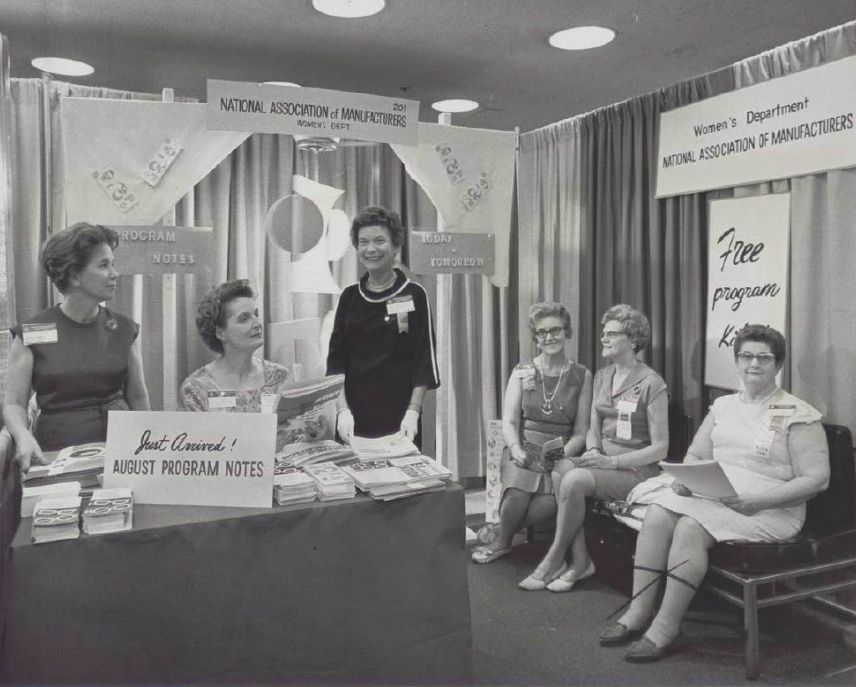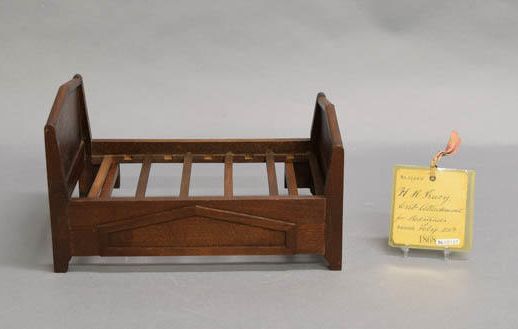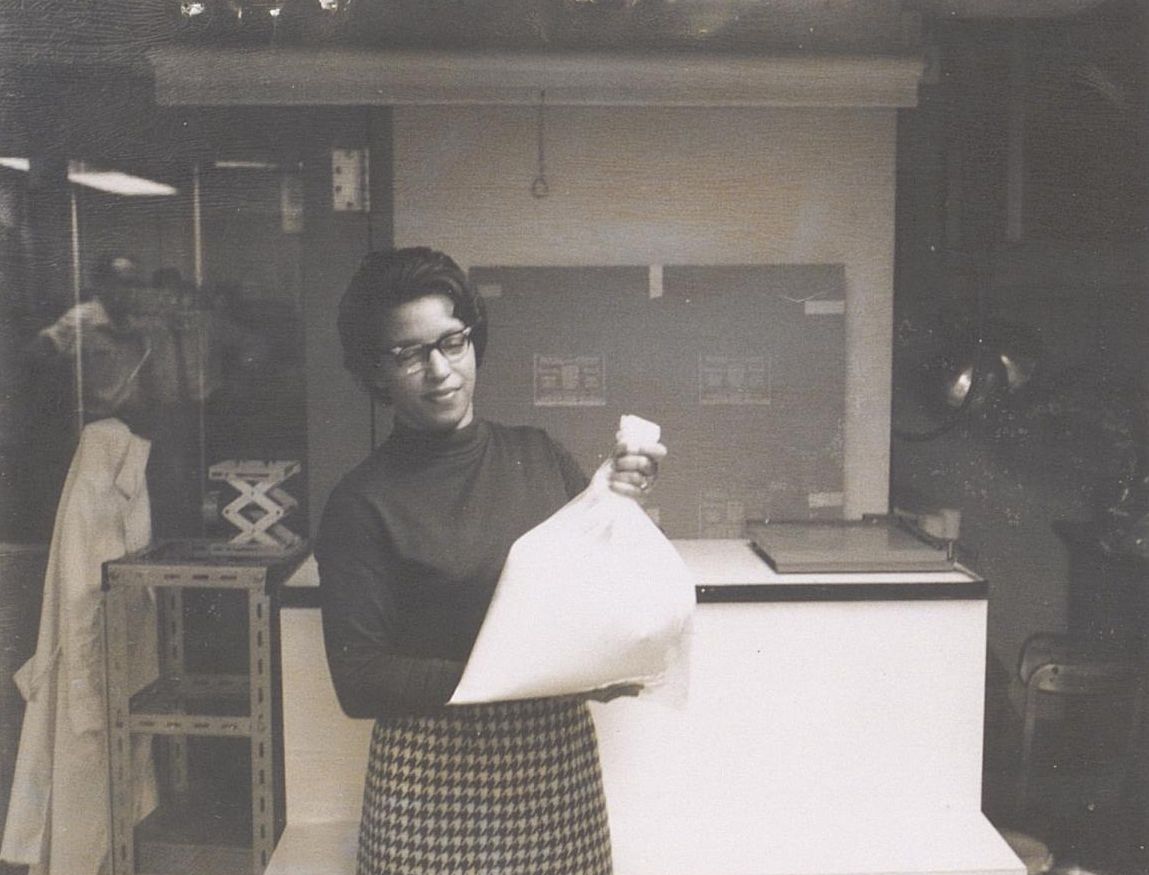Elizabeth Paschall (1702-1768?) was a merchant in the Philadelphia area. She married Joseph Paschall in 1721 and continued her husband’s business following his death. Information on Paschall is in the William Henry Russell collection of Morris family papers, which includes some of her papers and two receipt books used to record business and personal expenses.
Ann Talley worked as a part of the millinery business in Wilmington, Delaware. Talley’s sales are found in two daybooks with entries dating from 1820 to 1847 from Wilmington, Baltimore, and Petersburg in the collection of Mid-Atlantic business records.
Following her husband’s death, Lydia R. Bailey (1779-1869) took over their Philadelphia printing business which created certificates for ships. Under her management, the establishment thrived and obtained contracts from government agencies, the University of Pennsylvania, and even the city of Philadelphia.
Following the death of her husband in 1825, Rebecca Webb Pennock Lukens (1794-1854) took over the Lukens Steel Company (previously the Brandywine Iron Works and Nail Factory) in Coatesville, Pennsylvania, as the first woman in the United States to run an iron works.
Madam C. J. Walker (1867-1919), born Sarah Breedlove, was a self-made millionaire who made her fortune through her making and selling of hair care products for Black women in Indianapolis, Indiana. Hagley’s Digital Archives have two of her publications, The Walker 1949 Almanac and The Key to Beauty, Success, Happiness, available to peruse. Examples of her product packaging reside in the museum collection.
Alice Steinlein (1880-1965) founded the Greenwood Book Shop in Wilmington, Delaware following her husband’s death. Alongside Gertrude Kruse, they ran the independent bookstore. Photographs of the Greenwood Book Shop’s interior and a used shipping label from the shop are housed in Hagley’s collection.
Edith N. McConnell (1880-1968), the successor to the D.B. Jones Company, was a caterer and confectioner that worked in Wilmington, Delaware. McConnell took over the business in 1921 and ran it until her leave in 1957. Her address and birthday book in addition to a customer ledger can be found in the D.B. Jones Company records. The Edith N. McConnell business records hold expense and accounts receivable books as well as an advertisement while the digitized E.N. McConnell Restaurant photographs depict cakes, table settings, and the inside of McConnell’s business.
 Victorine du Pont Homsey (1900-1998) and her husband Samuel Homsey were both architects. Together, they opened Homsey Architects, Inc., an architectural firm, one of the first husband-wife firms in the United States. The collection includes the firm’s records and a photograph collection of an estate. Also, Hagley has received an addition to this collection scheduled to be available to researchers by 2026.
Victorine du Pont Homsey (1900-1998) and her husband Samuel Homsey were both architects. Together, they opened Homsey Architects, Inc., an architectural firm, one of the first husband-wife firms in the United States. The collection includes the firm’s records and a photograph collection of an estate. Also, Hagley has received an addition to this collection scheduled to be available to researchers by 2026.
Louise Bushnell (1909-1986) led the Women’s Department of the National Association of Manufacturers (NAM) from 1944-1973. The article “Who’s Who...Louise Bushnell” chronicles her life including her time at the NAM, her marriages, and experience as a spy during World War II. Information on Bushnell can be found in the National Association of Manufacturers records, specifically in the section on the Women’s Department which also has some of her speeches.
H.M. Baker Associates, founded and managed by Helen Baker Cushman (1922-) primarily aided other companies in celebrating their anniversaries through materials relating to their opening year or corporate history. Cushman’s papers and photograph collection contain correspondence, examples of the company’s work, and materials used for the business.
Gale Ferranto (1969-) is the president of Buona Foods Incorporated, a mushroom wholesaler and farm located in Landenberg, Pennsylvania. Ferranto’s mother began the farm in 1972. Hagley staff interviewed Ferranto in 2019 as a part of an oral history project and in the interview, she discusses her and her mother’s roles at Buona Foods Incorporated.




